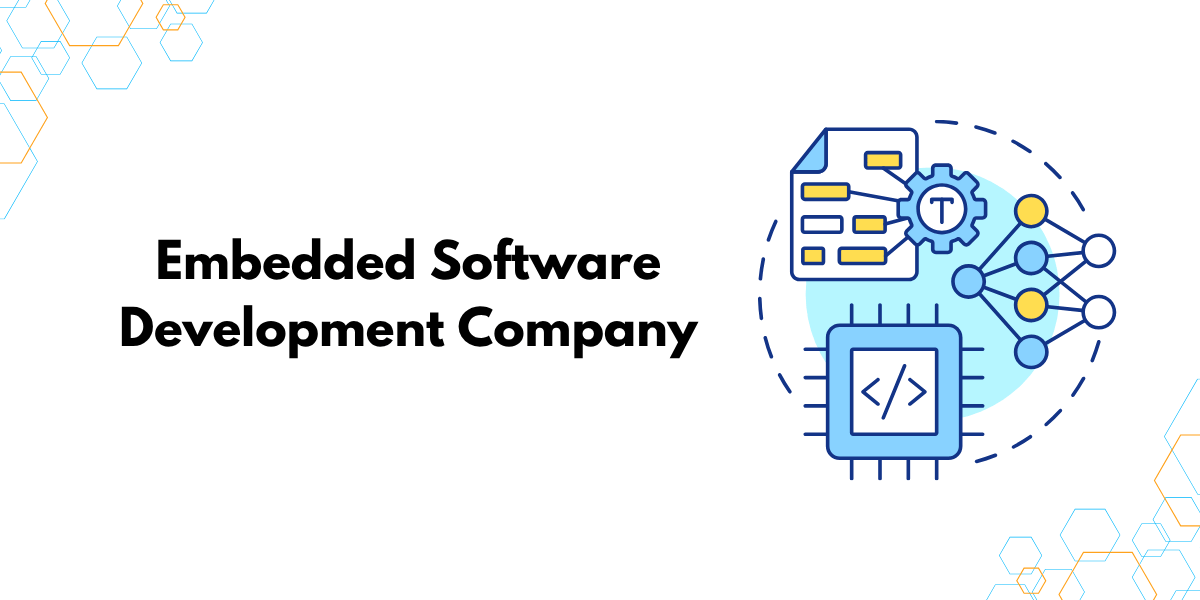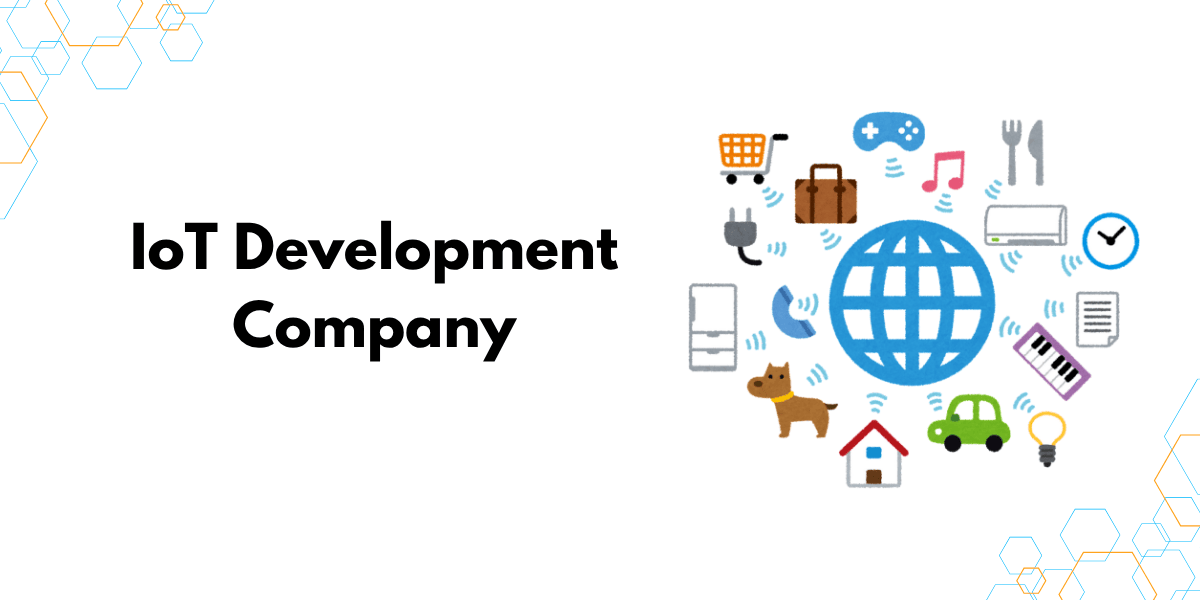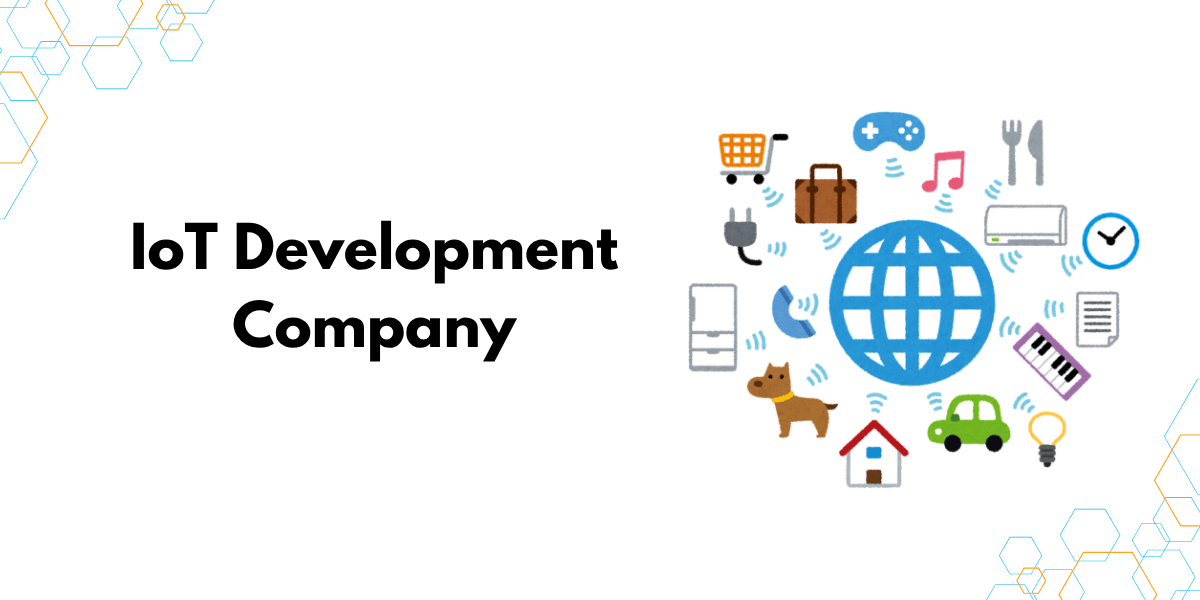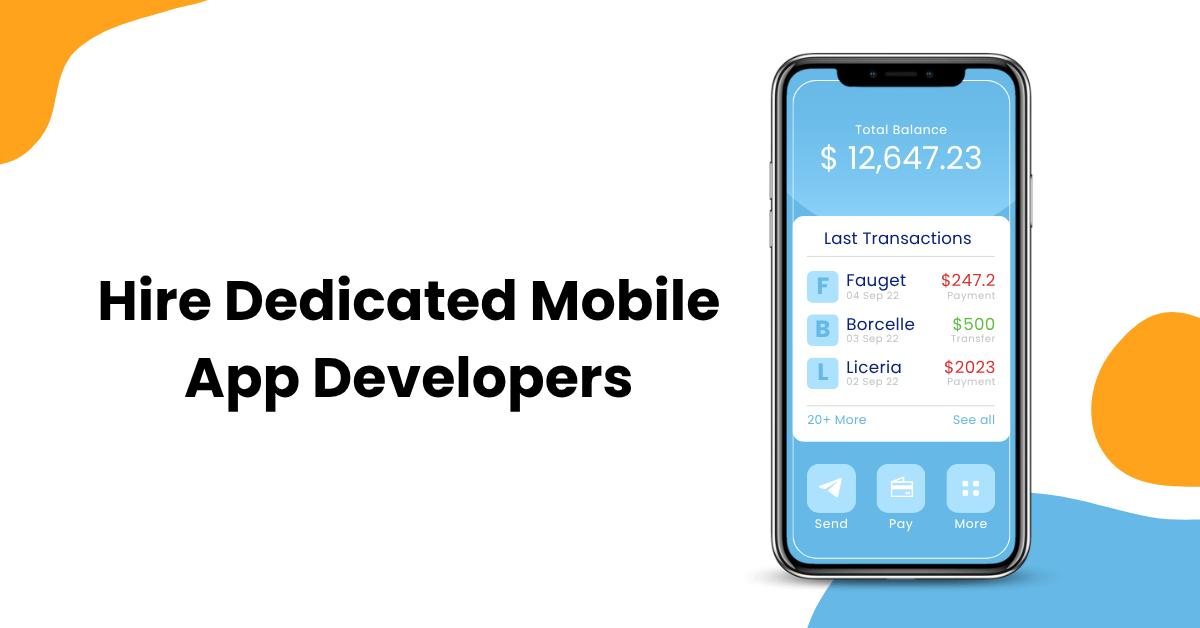Revealing the Inner Creator: Why Generative AI is the Coolest Kid on the Tech Block
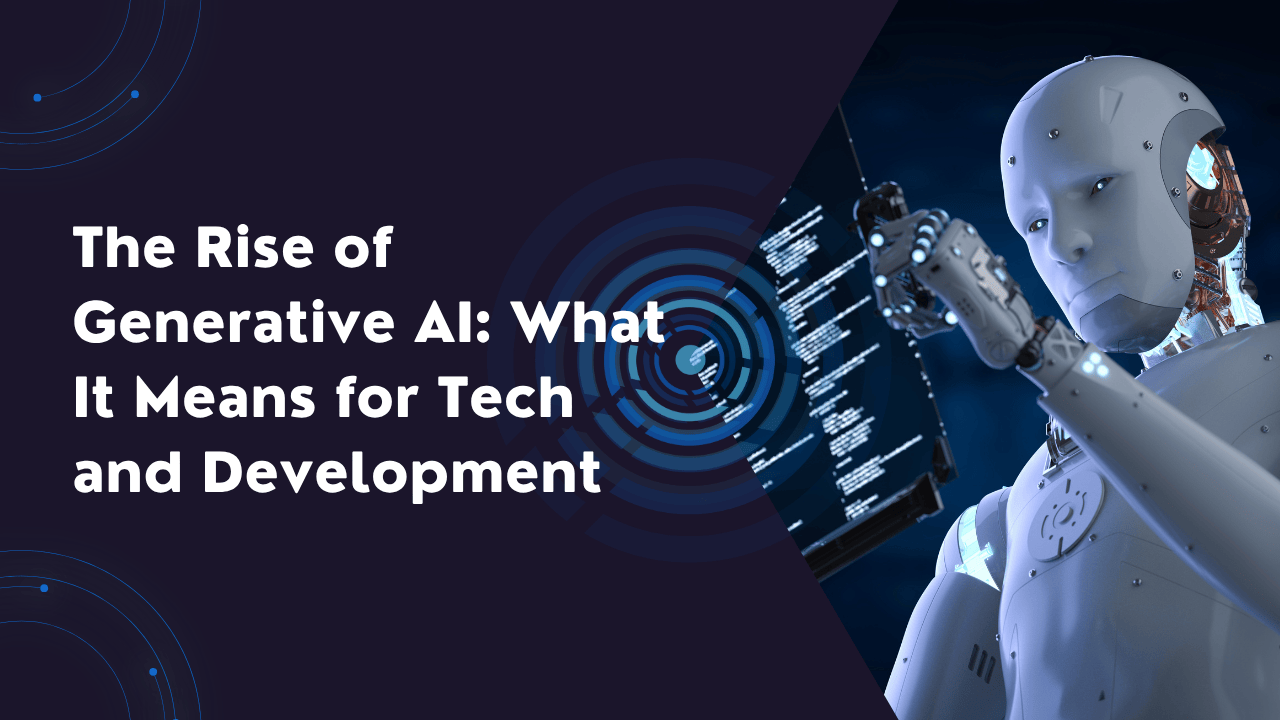
Strong 8k brings an ultra-HD IPTV experience to your living room and your pocket.
Remember when AI was mostly about playing chess, recommending movies, or powering your voice assistant? Those days, while impressive, feel almost quaint now. We're living in an era where Artificial Intelligence isn't just analyzing data or automating routine tasks; it's creating. And not just creating in a pre-programmed way, but generating original, often stunning, content across various mediums. Welcome to the captivating world of Generative AI!
If you've been on the internet in the last couple of years, you've undoubtedly encountered Generative AI, even if you didn't quite realize it. From mind-bending images that look like they've sprung from a surrealist dream to incredibly coherent articles and even catchy tunes, Generative AI is behind some of the most exciting innovations bubbling up in the tech landscape. It's the "cool kid" that everyone's talking about, and for good reason it's fundamentally changing how we think about creativity and what machines are capable of.
So, What Exactly Is This Generative AI Magic?
At its core, Generative AI refers to a type of artificial intelligence that can produce new and original content, rather than just analyzing existing data or making predictions. Think of it less like a calculator and more like an artist, a writer, or a composer. These AI models learn patterns, structures, and styles from vast amounts of existing data (text, images, audio, etc.) and then use that understanding to generate entirely new outputs that share similar characteristics but are unique.
For instance, if you feed a Generative AI model millions of images of cats, it won't just tell you if a new picture is a cat; it can draw a new cat that never existed before, complete with whiskers, purrs (if it's an audio model!), and all. This is distinctly different from "discriminative AI," which is designed to classify or predict based on input (like identifying spam emails or recognizing faces). Generative AI, on the other hand, is all about bringing something new into existence.
The "Wow" Factor: Where We See Generative AI in Action
The applications of Generative AI are already incredibly diverse and are expanding at an astonishing pace. You've probably seen some of its dazzling performances:
- Image Generation: Tools like DALL-E, Midjourney, and Stable Diffusion have revolutionized digital art. With just a few descriptive words (prompts), they can conjure up stunning images, illustrations, and even photorealistic scenes. Want a "cyborg cat riding a skateboard on Mars in a neon cityscape"? Generative AI can whip that up in seconds. This has profound implications for graphic design, advertising, and even architecture.
- Text Generation: Large Language Models (LLMs) such as ChatGPT have become household names. They can write essays, compose emails, summarize complex documents, generate code, brainstorm ideas, and even write poetry. The ability of these models to understand context and generate human-like text has made them invaluable tools for content creators, marketers, and researchers. In fact, the global generative AI in content creation market alone was estimated at USD 14.8 billion in 2024 and is projected to reach a whopping USD 80.12 billion by 2030, growing at a CAGR of 32.5% from 2025 to 2030. That's a serious indicator of its impact!
- Music and Audio Composition: AI can now create original musical pieces in various genres, generate realistic voiceovers, and even synthesize new sounds. This opens up new avenues for musicians, podcasters, and filmmakers.
- Video Generation: While still evolving, text-to-video models are emerging, promising the ability to create entire video clips from simple text prompts, potentially transforming filmmaking and content production.
- Code Generation: Developers are increasingly using AI to write code, debug programs, and automate repetitive coding tasks, significantly speeding up software development cycles.
The adoption rate is truly remarkable. Recent studies reveal that a staggering 83% of creative professionals have already incorporated AI tools into their processes. This isn't just about playing around; it's about real, tangible benefits. Some creators are reporting up to a 26% improvement in their creative capabilities, and an impressive 62% of creative professionals report reducing their task completion time by approximately 20%. Imagine gaining nearly a full workday back each week – that's the kind of efficiency boost Generative AI is delivering!
Beyond the Hype: The Real-World Impact and Benefits
While the "wow" factor is undeniable, Generative AI isn't just a party trick. It's bringing significant benefits across various industries:
- Supercharging Creativity and Innovation: Instead of replacing human creativity, Generative AI acts as a powerful co-pilot. It handles the mundane, repetitive tasks, freeing up human minds to focus on higher-level strategy, conceptualization, and refinement. Artists can rapidly prototype ideas, writers can overcome writer's block, and designers can explore countless variations in minutes.
- Unprecedented Efficiency and Automation: Tasks that once took hours or days can now be completed in minutes. This translates directly to cost savings and faster time-to-market. For instance, in marketing, 75% of marketers are already testing or have fully implemented AI in their operations. A survey found that 38% of marketing, PR, sales, and customer service professionals cited increased efficiency as the top advantage of Generative AI for social media marketing, and 34% highlighted easier idea generation.
- Hyper-Personalization at Scale: Businesses can now generate tailored content from marketing messages to product recommendations for individual customers at an unprecedented scale, leading to more engaging and effective communication.
- Democratizing Creation: High-quality content creation, once the domain of skilled professionals with expensive tools, is becoming more accessible. Individuals and small businesses can leverage Generative AI to produce professional-grade visuals, text, and audio without needing extensive technical skills or huge budgets. This is fostering a more diverse and vibrant creative ecosystem.
The economic impact is also profound. The global generative AI market size was valued at USD 16.87 billion in 2024 and is projected to skyrocket to USD 109.37 billion by 2030, exhibiting a Compound Annual Growth Rate (CAGR) of 37.6% from 2025 to 2030. This explosive growth signals massive opportunities for innovation and investment.
Naturally, as companies look to harness this power, the demand for specialized expertise is booming. This is where a Generative AI Development Company becomes crucial. These companies are at the forefront, building custom generative models, integrating AI solutions into existing workflows, and helping businesses navigate the complexities of this new technology. They're the architects of the future, turning the theoretical potential of Generative AI into practical, revenue-generating applications for businesses eager to stay competitive.
The Road Ahead: Navigating the Challenges and Embracing the Future
Like any revolutionary technology, Generative AI comes with its share of challenges and ethical considerations.
- Ethical Concerns: Issues like deep fakes, potential for misinformation, algorithmic bias (if trained on biased data), and intellectual property rights are critical areas that require careful attention and robust regulatory frameworks. Who owns the copyright of AI-generated art? How do we ensure fairness when AI makes decisions? These are questions we're actively grappling with.
- Job Evolution, Not Elimination: While some tasks might be automated, Generative AI is more likely to redefine jobs than eliminate them entirely. It will shift the demand towards skills like prompt engineering, AI oversight, critical thinking, and the unique human touch that AI cannot replicate.
- Computational Demands: Training and running sophisticated Generative AI models require immense computational power and data, raising concerns about energy consumption and environmental impact.
Despite these challenges, the future of Generative AI is incredibly bright. We'll see more advanced multimodal AI (systems that can seamlessly generate across text, image, video, and audio), smaller and more efficient models that can run on everyday devices, and deeper integration into various industries, from healthcare and education to entertainment and manufacturing. Personalized experiences will become even more hyper-tailored, and AI-human collaboration will reach new heights, leading to innovations we can barely imagine today.
The Creative Revolution is Here
Generative AI isn't just a passing trend; it's a fundamental shift in how we interact with technology and create. It's a powerful force democratizing creativity, accelerating innovation, and opening up entirely new possibilities for businesses and individuals alike. As these incredible tools continue to evolve, the key will be to harness their power responsibly, ethically, and with a clear vision of how they can augment human potential. The creative revolution is well underway, and Generative AI is undoubtedly leading the charge!
Note: IndiBlogHub features both user-submitted and editorial content. We do not verify third-party contributions. Read our Disclaimer and Privacy Policyfor details.




